Results
-
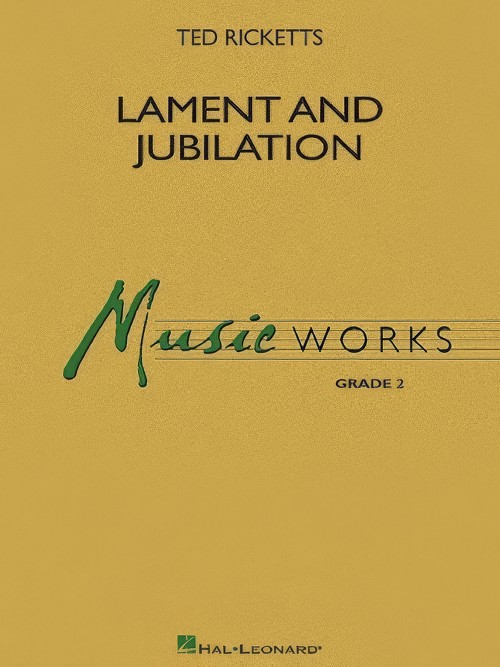 £53.50
£53.50Lament and Jubilation (Concert Band - Score and Parts) - Ricketts, Ted
Written in two main sections, this work opens with a lament featuring a melodic woodwind melody in a slow minor setting. The fast jubilation that follows includes a driving and rhythmic theme that is traded between the brass and woodwind sections. Expertly scored for younger ensembles, this will be easy to learn and exciting to perform. Duration: 2:30
Estimated dispatch 7-14 working days
-
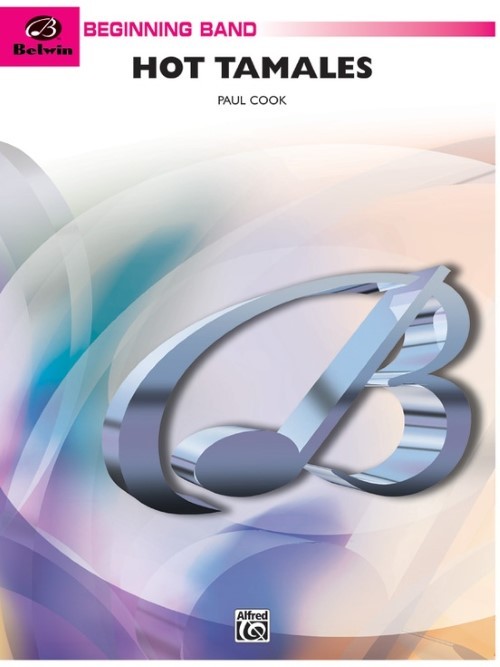 £45.95
£45.95Hot Tamales (Percussion Section feature with Concert Band - Score and Parts) - Cook, Paul
Your percussionists will hunger for you to rehearse this one. A variety of multicultural percussion sounds is the foundation for this charmer. Although it's easy enough to be performed by non-percussionists, the arrangement will serve to reinforce solid pulse with your percussion section. The two varied styles provide a delightful contrast - a surefire crowd pleaser. Ol?! Duration: 2.30
Estimated dispatch 7-14 working days
-
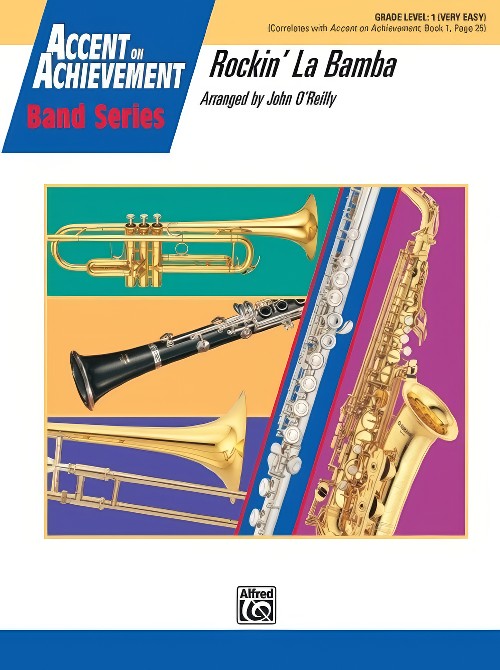 £45.95
£45.95Rockin' La Bamba (Concert Band - Score and Parts) - O'Reilly, John
Almost everyone is familiar with this tune made popular by Ritchie Valens and then by Los Lobos. Now your young band can play this tune expertly arranged by John O'Reilly. This is a great piece for teaching easy syncopations and pop style, while every section gets a chance to shine as they handle the famous melody. A great selection for the end of year concert. Duration: 1.45
Estimated dispatch 7-14 working days
-
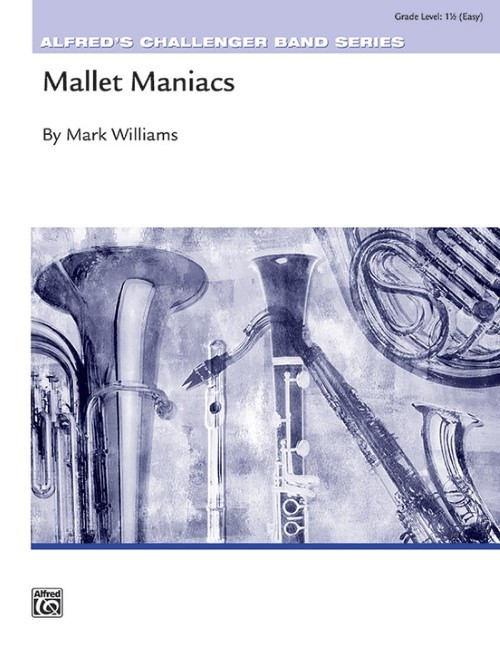 £49.95
£49.95Mallet Maniacs (Mallet Percussion Feature with Concert Band - Score and Parts) - Williams, Mark
Show off your mallet percussionists in this clever section feature. Use as many players as possible on bells, xylophone, vibes and marimba for this joyful tour-de-force. The parts are easy enough that you can even recruit some "non-mallet" percussionists to join in. What a cool way to promote mallet percussion Don't miss this one! Duration: 1.45
Estimated dispatch 7-14 working days
-
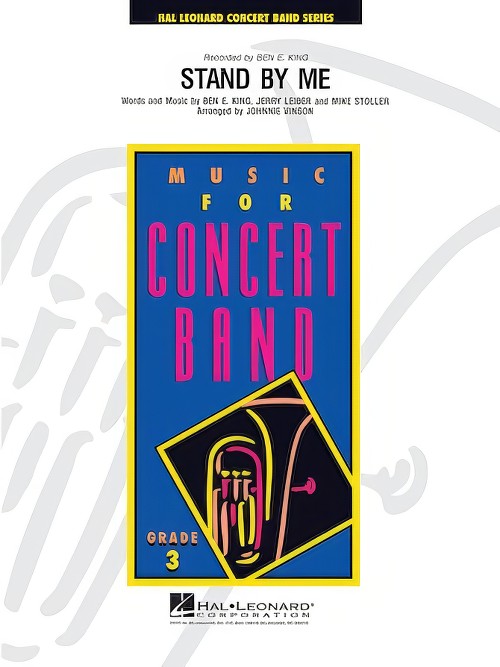 £57.50
£57.50Stand By Me (Concert Band - Score and Parts) - Vinson, Johnnie
This classic Ben E. King hit from the 60's is a great tune, and it was also used in the hit movie by the same name. Your students will love this easy arrangement.
Estimated dispatch 7-14 working days
-
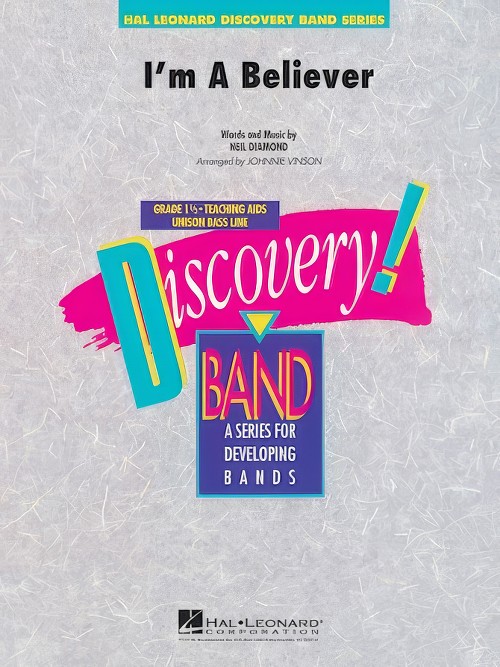 £53.50
£53.50I'm a Believer (Concert Band - Score and Parts) - Diamond, Neil - Vinson, Johnnie
This mega-hit by The Monkees was revived in a big way for the movie Shrek. Now even beginning groups can enjoy this timeless favourite with Johnnie's easy arrangement.
Estimated dispatch 7-14 working days
-
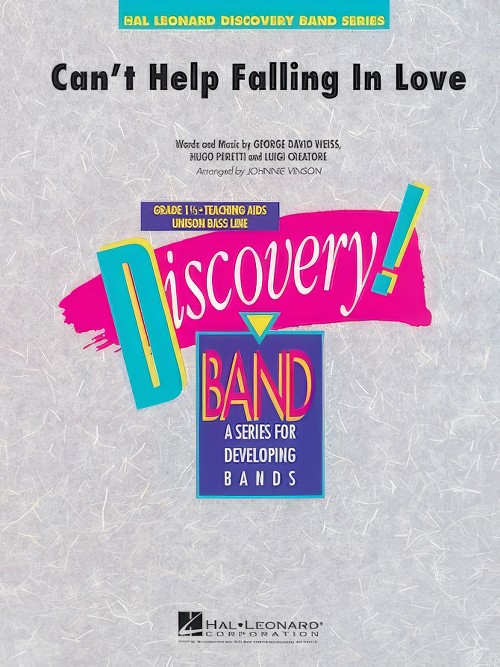 £42.50
£42.50Can't Help Falling in Love (Concert Band - Score and Parts) - Vinson, Johnnie
Here is a light rock treatment of this beautiful ballad made popular by Elvis Presley. Expertly arranged for beginning groups with easy rhythms and safe scoring.
Estimated dispatch 7-14 working days
-
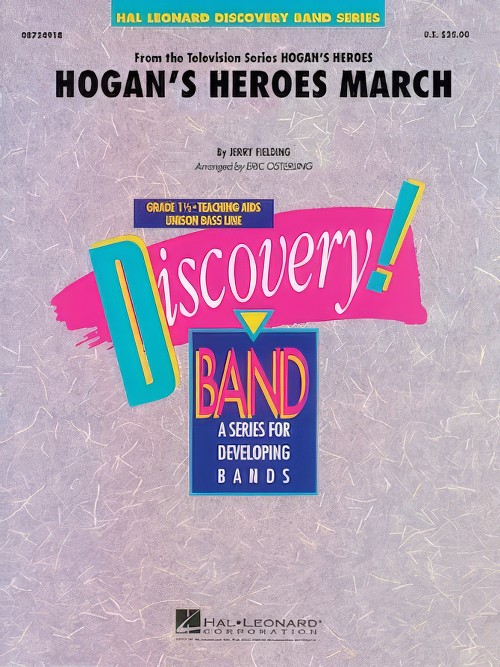 £49.99
£49.99Hogan's Heroes March (Concert Band - Score and Parts) - Fielding, Jerry - Osterling, Eric
One of the most enduring TV theme songs ever written is this catchy march from the hit series Hogan's Heroes. This easy version starts with the trademark drum introduction, then follows the familiar flute melody and finally the full band.
Estimated dispatch 7-14 working days
-
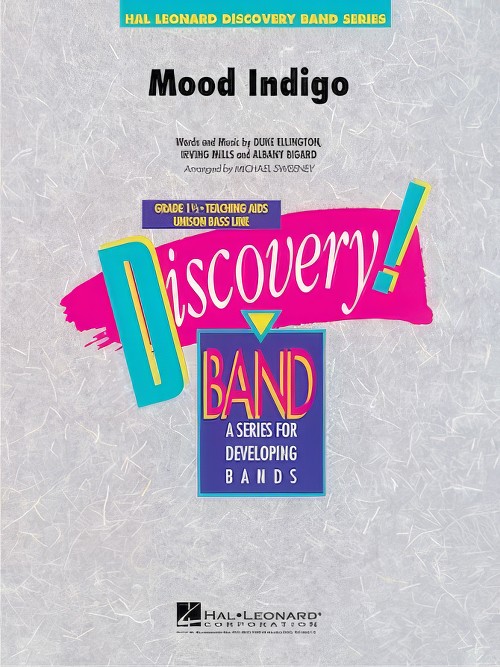 £42.50
£42.50Mood Indigo (Concert Band - Score and Parts) - Sweeney, Michael
Introduce your young players to the music of Duke Ellington with this easy arrangement of one of the Duke's classics. Written in a medium slow swing style, this one will make your band sound great and is sure to be a hit with the parents.
Estimated dispatch 7-14 working days
-
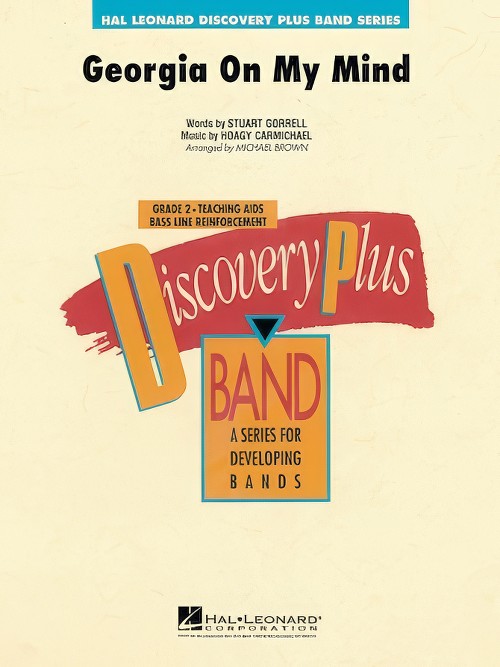 £53.50
£53.50Georgia on My Mind (Concert Band - Score and Parts) - Carmichael & Gorrell - Brown, Michael
Wonderfully scored with rich harmonies and easy rhythms, this timeless classic will sound full with even inexperienced groups.
Estimated dispatch 7-14 working days
